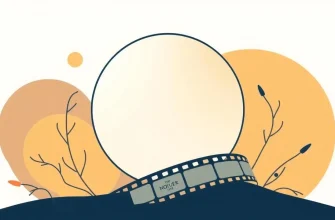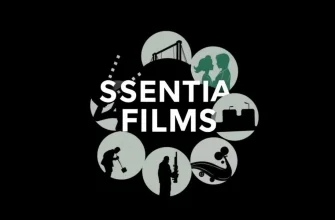The film noir genre, with its dark themes, intricate plots, and morally ambiguous characters, has captivated audiences for decades. These cult classics not only define the noir aesthetic but also push the boundaries of storytelling, offering a rich tapestry of intrigue, style, and cinematic innovation. This curated selection of 10 films showcases the depth and breadth of noir, providing viewers with a compelling journey through the shadows of cinema history.
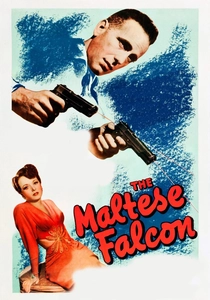
The Maltese Falcon (1941)
Description: Often considered the first true film noir, this adaptation of Dashiell Hammett's novel features a private detective embroiled in a complex plot involving a priceless statue.
Fact: Humphrey Bogart's portrayal of Sam Spade became the archetype for the hard-boiled detective. The film was remade twice before this definitive version.
 Watch Now
Watch Now
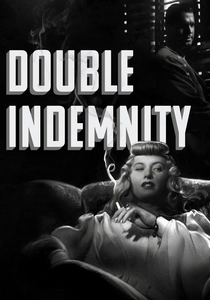
Double Indemnity (1944)
Description: This film noir classic explores the dark side of the American Dream, featuring a love triangle, murder, and insurance fraud. Its sharp dialogue and moral ambiguity set the standard for noir.
Fact: The screenplay was based on a true crime story. The film was initially banned in some cities due to its perceived immorality.
 Watch Now
Watch Now
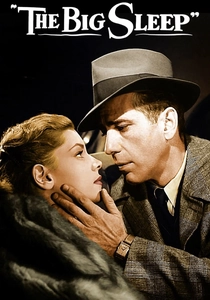
The Big Sleep (1946)
Description: Philip Marlowe, played by Humphrey Bogart, navigates a labyrinthine plot involving blackmail, murder, and romance. Its convoluted storyline is part of its charm.
Fact: Even the screenwriters couldn't figure out who killed one of the characters. Lauren Bacall and Bogart's chemistry was a highlight of the film.
 Watch Now
Watch Now
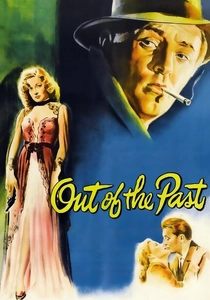
Out of the Past (1947)
Description: A tale of love, betrayal, and redemption, this film follows a former private eye drawn back into a world of crime by his past. Its complex narrative structure is a hallmark of noir.
Fact: Robert Mitchum's character was based on a real-life private detective. The film's original title was "Build My Gallows High."
 Watch Now
Watch Now
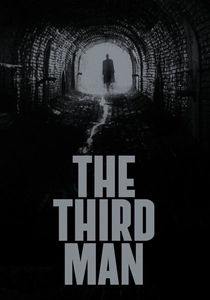
The Third Man (1949)
Description: A masterpiece of British noir, this film delves into post-war Vienna, where a writer uncovers a web of deceit involving his childhood friend. Its iconic zither score and the famous cuckoo clock speech make it unforgettable.
Fact: Orson Welles improvised the famous cuckoo clock speech. The film was shot on location in Vienna, adding to its gritty realism.
 Watch Now
Watch Now
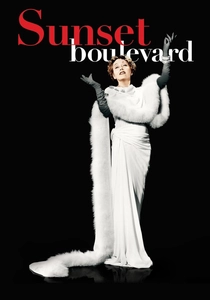
Sunset Boulevard (1950)
Description: A scathing look at Hollywood's dark underbelly, this film tells the story of a fading silent film star and her descent into madness. Its blend of satire and tragedy makes it a timeless noir.
Fact: Gloria Swanson, who played Norma Desmond, was herself a silent film star. The film's opening scene was shot in a real morgue.
 Watch Now
Watch Now
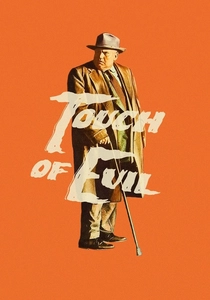
Touch of Evil (1958)
Description: Orson Welles' noir masterpiece, this film explores corruption and racial tension on the US-Mexico border. Its famous opening tracking shot is a technical marvel.
Fact: Welles wrote, directed, and starred in the film. The film was heavily edited by the studio, but a restored version was released in
 Watch Now
Watch Now
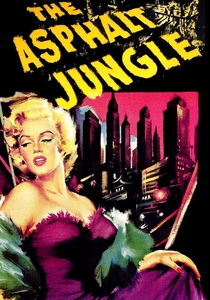
The Asphalt Jungle (1950)
Description: This heist film noir showcases the planning and execution of a jewel robbery, exploring themes of fate, greed, and betrayal. Its influence on the crime genre is immense.
Fact: Marilyn Monroe had one of her first significant roles in this film. The film's ending was considered bleak for its time.
 30 Days Free
30 Days Free
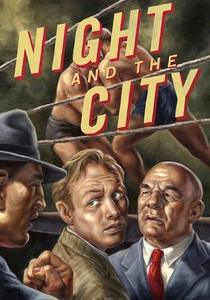
Night and the City (1950)
Description: Set in London's underworld, this film follows a small-time hustler's rise and fall in the wrestling business. Its gritty realism and fatalistic tone are quintessential noir.
Fact: The film was shot on location in London, giving it an authentic feel. Richard Widmark's performance was critically acclaimed.
 30 Days Free
30 Days Free
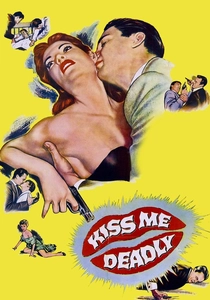
Kiss Me Deadly (1955)
Description: A hard-boiled detective story with a nuclear twist, this film's bleak outlook and existential dread make it a standout in the noir genre.
Fact: The film was banned in the UK for nearly 20 years due to its violence. It influenced many later films, including "Pulp Fiction."
 30 Days Free
30 Days Free






